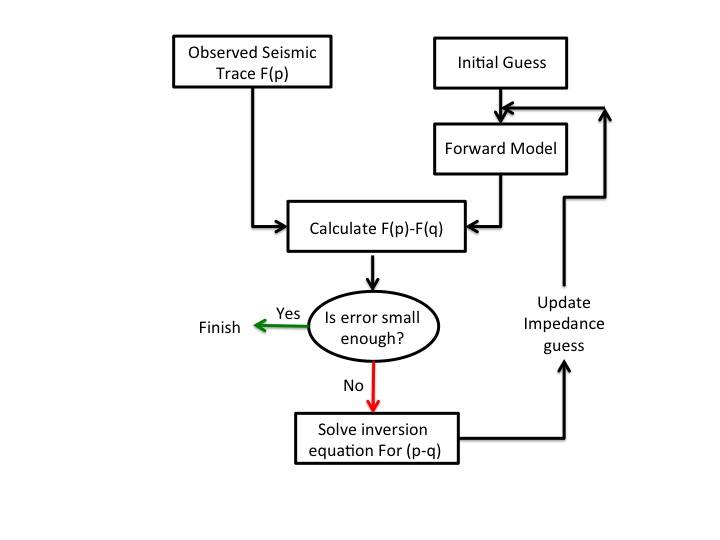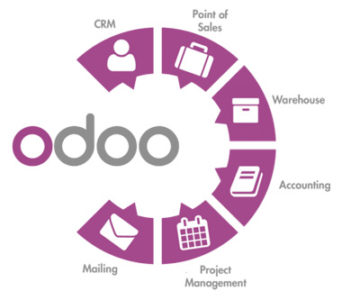
Trade shows provide businesses with an excellent platform to showcase their products and services to a wider audience. A well-designed trade show display can attract potential customers and generate leads that can convert into sales. In this article, we will discuss everything you need to know about trade show displays, including their types, benefits, and tips for creating an effective display.
1. What is a trade show display?
A trade show display is a marketing tool used by businesses to showcase their products and services at trade shows and events. It usually includes a booth, banners, graphics, signage, and other promotional materials designed to attract attendees and create a lasting impression.
2. Types of trade show displays
There are various types of trade show displays to choose from, including:
a. Pop-up displays
b. Modular displays
c. Tabletop displays
d. Banner stands
e. Island displays
Each of these types has its own benefits and drawbacks, depending on the size and type of event you’re attending.
3. Benefits of using trade show displays
Trade show displays offer several benefits to businesses, including:
a. Increased visibility and brand awareness
b. Opportunity to showcase products and services
c. Generation of new leads and potential customers
d. Networking with other businesses and professionals
e. Creation of a lasting impression on attendees
4. How to create an effective trade show display
Creating an effective trade show display involves careful planning and execution. Here are some steps to follow:
a. Define your goals and objectives
b. Identify your target audience
c. Develop a theme or concept
d. Choose the right type of display
e. Design your graphics and signage
f. Create engaging promotional materials
g. Train your staff
h. Set up and test your display before the event
5. Tips for designing your trade show display
Designing an effective trade show display requires attention to detail and creativity. Here are some tips to consider:
a. Use high-quality graphics and images
b. Keep your message clear and concise
c. Use contrasting colors to make your display stand out
d. Incorporate interactive elements to engage attendees
e. Display your products in an eye-catching way
f. Use lighting to highlight key areas of your display
g. Use space wisely to create a flow of traffic
h. Use technology to enhance your display
6. Dos and don’ts of trade show displays
When designing your trade show display, there are some dos and don’ts to keep in mind. Here are some examples:
Dos:
-
Do have a clear message and theme
-
Do use high-quality graphics and images
-
Do engage attendees with interactive elements
-
Do train your staff to be knowledgeable and friendly
Don’ts:
-
Don’t overcrowd your display
7. Top mistakes to avoid when creating a trade show display
While designing a trade show display, there are certain mistakes that businesses should avoid. Here are some of the most common mistakes to steer clear of:
a. Overcrowding your display
b. Failing to define your goals and objectives
c. Neglecting your target audience
d. Poor graphics and signage
e. Unfriendly or untrained staff
f. Neglecting follow-up after the event
8. Latest trends in trade show displays
The world of trade show displays is constantly evolving, with new trends emerging each year. Here are some of the latest trends in trade show displays:
a. Interactive displays
b. Virtual and augmented reality
c. Personalized experiences
d. Sustainable and eco-friendly displays
e. Digital signage and displays
9. Best practices for trade show displays
When designing a trade show display, there are some best practices to keep in mind. Here are some examples:
a. Define your goals and objectives
b. Know your target audience
c. Use high-quality graphics and signage
d. Train your staff
e. Have a follow-up plan in place
f. Keep your message clear and concise
g. Use technology to enhance your display
10. Measuring the success of your trade show display
Measuring the success of your trade show display is crucial to understanding its effectiveness. Here are some metrics to consider when measuring the success of your display:
a. Number of leads generated
b. Number of sales made
c. Quality of leads generated
d. Return on investment (ROI)
e. Attendee engagement
11. How to choose the right trade show display company
Choosing the right trade show display company is crucial to creating a successful display. Here are some factors to consider when choosing a company:
a. Experience and reputation
b. Services offered
c. Quality of materials and products
d. Customer service and support
e. Price and budget
12. Cost of trade show displays
The cost of a trade show display can vary depending on its size, type, and complexity. Here are some factors that can affect the cost of a trade show display:
a. Size and type of display
b. Graphics and signage
c. Technology and interactive elements
d. Materials and construction
e. Shipping and storage
13. Factors to consider when choosing a trade show display
When choosing a trade show display, there are some factors to consider to ensure you select the right one. Here are some examples:
a. Size and space requirements
b. Type of event and attendees
c. Budget and cost
d. Brand and messaging
e. Long-term use and storage
14. Frequently Asked Questions (FAQs)
Q1. How much space do I need for a trade show display?
Q2. How far in advance should I start planning my trade show display?
Q3. How do I choose the right graphics and images for my display?
Q4. Should I use technology in my trade show display?
Q5. What should I do after the trade show is over?
Conclusion
A well-designed trade show display can be a valuable marketing tool for businesses looking to generate leads and showcase their products and services. By following the tips and best practices outlined in this article, businesses can create an effective trade show display that attracts potential customers and generates sales.












